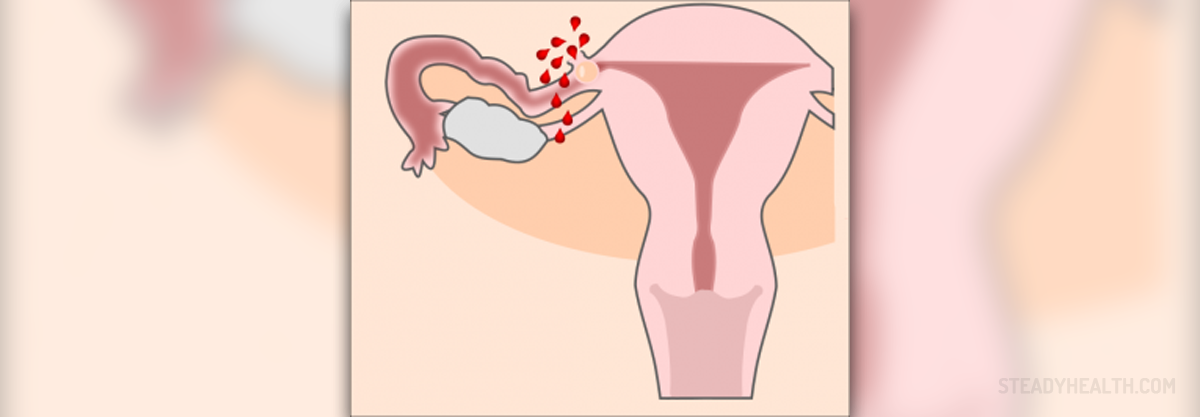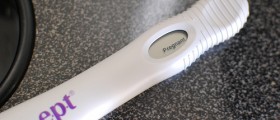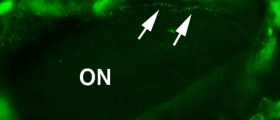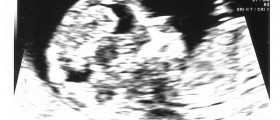
One British mother was already in her third trimester when doctors discovered the baby was developing in a spot on her bowel, for instance that baby was born by cesarean section and is a health lad now. Tubal pregnancies cannot be carried to term. In fact, they can quickly become dangerous and even fatal for the mother. Tubal pregnancies generally start off with pregnancy symptoms and a positive pregnancy test. They may accidentally be discovered through routine ultrasounds, but are more commonly diagnosed after the mother starts developing symptoms. These include bleeding, heavy abdominal pain (on one side, where the fallopian tube is located), and constant abdominal aching.
In some cases, the mother will have pregnancy symptoms but will test negative if she takes a pregnancy test. If you have any of these symptoms, call your healthcare provider and get it checked out. The treatment for a fallopian tube pregnancy is removing the embryo from the tube surgically, with medication, or removing the whole fallopian tube. If the tube ruptures, the mother's life is in immediate danger. It is therefore best to go in when you first start noticing unusual symptoms.
- medlineplus.gov/ectopicpregnancy.html
- www.nhs.uk/conditions/ectopic-pregnancy/
- Photo courtesy of Mysid by Wikimedia Commons: commons.wikimedia.org/wiki/File:Tubal_rupture.svg
















Your thoughts on this
Loading...